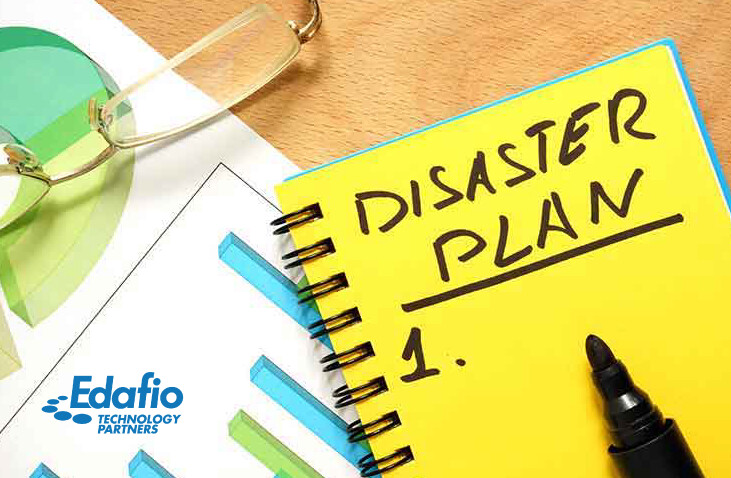Cybersecurity is a changing phenomenon. Individuals and enterprises are critical targets of sophisticated cybersecurity attacks, with attackers using a combination of techniques and changing criteria to access secured accounts and protected information.
Indeed, attackers, data miners, and cybercriminals continue to become more malicious, dangerous, and plainly greedy. Attackers use a combination of tactics like phishing emails to access protected consumer information such as phone numbers, credit card numbers, social security numbers, physical addresses, and other personally-identifying information.
Published statistics show that approximately 71.1 million people are victims of cybercrime yearly, and out of these victims, individuals lose $4,4,74 on average from cybercrime. It’s also clear from documented evidence that victims of phishing attacks lost $225 on average in 2021.
It’s worth noting that a single cybersecurity attack can leave devastating consequences for individuals and enterprises alike. A cybersecurity attack could cost you financial loss from information theft, money, and business disruption. Cybersecurity attacks can affect businesses, leading to loss of reputation, customer trust, and total damage to consumer and stakeholder trust.
Getting your business up and running becomes an uphill task depending on the scale and magnitude of the cyber-attack.
That’s why a cybersecurity recovery plan is critical for your cybersecurity strategy.
Recovery plan: what is it?
A cybersecurity disaster recovery plan is a roadmap for managing and mitigating a disruptive cybersecurity incident such as a ransomware attack, data breach, or phishing attack.
A recovery plan aims to ensure business continuity during and after an attack. A disaster recovery plan ensures that your data is protected from any future attacks.
This plan prevents potential data loss in the future, ensuring that your business operations continue as usual without critical disruptions.
Components of a recovery plan
Every single situation is unique. Because of this, there’s no one-size-fits-all approach to correct all disasters. There are, however, three principal goals that all disaster recovery plans (DRP) should include.
- Prevention. Prevention constitutes proper back-ups, surge protectors, and generator protectors.
- Detection. Detection is usually a natural by-product of routine inspections, which seek to identify new emerging threats and potential targets.
- Correction. Correction might involve securing insurance policies and holding a ‘lessons learned’ brainstorming session after an attack.
A recovery plan protects your data from future attacks and ensures your business can continue operating optimally even after a cyberattack – data breach, ransomware attack, or phishing attack.
The main components of a recovery plan
1. Goals
A statement of goals will capture what your business wants to achieve before and after a cyber-attack, including the ‘recovery time objective’ and ‘recovery point objective.’
The recovery point objective (RPO) refers to how much data your business is prepared to lose after an attack. A recovery time objective refers to how much downtime you’re prepared to deal with in case of an attack before your resume full operation.
2. Personnel
Your disaster recovery plan must capture the people and personnel responsible for the execution of the disaster recovery plan – and make provisions for individuals becoming unavailable in case of a disaster.
3. IT inventory
Your disaster recovery plan must list all the inventory, including hardware and software assets and the cloud services necessary for the company’s optimal operation. It must list whether these hardware, software, and cloud services are business-critical and if they’re leased, owned, or used as a service.
4. Back-up procedures
The disaster recovery plan must list how each data resource is backed up and identify where, in which folders and files, and how the team should recover each resource from the backup.
5. Recovery sites
Every recovery plan must designate a hot disaster recovery site. The disaster recovery site can be a remote location where all data can be replicated or an alternative data center holding all the critical operations. The disaster recovery site is a place where all the business-critical operations can be moved in case of a disaster.
6. Restoration procedures
The disaster recovery plan must list all procedures, steps, and operations immediately after an attack. Your enterprise must follow all the best practices to ensure the disaster recovery plan captures detailed restoration procedures. In short, the plan must have all the details to resume all your operations.
Some recovery procedures to consider include:
- Include the objectives of risk analysis, RTOs, SLAs, and RPOs.
- Address each downtime with a step-by-step plan, including flooding, data loss, power outages, server failure, and ransomware.
- Create a list of personnel with a contact list, phone numbers, roles, and responsibilities. Ensure that each person is conversant with the data recovery plan.
- Provide details about mission-critical applications in your disaster recovery plan.
- Include the vendor’s name and details if your business uses cloud data backup services.
- Include media communication best practices as part of a robust disaster recovery plan.
A DR plan reduces disruptions and interruptions and outlines activities for resuming normalcy after a disruption.
Why your company needs one:
Your business needs a disaster recovery plan for multiple reasons.
1. Cost-efficiency
Your business needs a recovery plan because it’s more cost-efficient than dealing with a disaster or an attack manually. Having a disaster recovery plan allows you to save costs associated with data loss and business disruption. In addition, you get to protect your business and brand reputation and protect your customer loyalty and trust.
2. Productivity
Designating specific roles and responsibilities to your personnel in case of an attack increases your team’s productivity and efficiency levels, allowing your business to remain afloat even in the face of an attack. A DR plan further covers personnel redundancies, improves sick day productivity, and reduces turnover costs.
3. Compliance
It’s worth noting that healthcare establishments, financial institutions, government facilities, and enterprise users all rely on uptime, availability, and disaster recovery plans. A recovery plan allows you to deal efficiently with healthcare organizations, financial establishments, and government entities that need maximum security, privacy, confidentiality, and accountability in protected information.
4. Scalability
Your business needs a recovery plan to identify innovative solutions, reduce data backup costs, and archive maintenance. Cloud-based data storage and related technologies simplify the process, adding flexibility and scalability to business processes. So, a disaster recovery plan is crucial for scalability, especially when faced with operational downtime.
Edafio Technology Partners – Simplifying Your Recovery Efforts
Edafio Technology Partners offers innovative solutions tailored to small businesses and large corporations. From cybersecurity and cloud computing to IT management and healthcare optimization, Edafio is a trusted provider of recovery solutions, regardless of your enterprise and industry or your size and scale.
READY TO GET STARTED?
Make an Informed, Scalable Decision with Edafio








